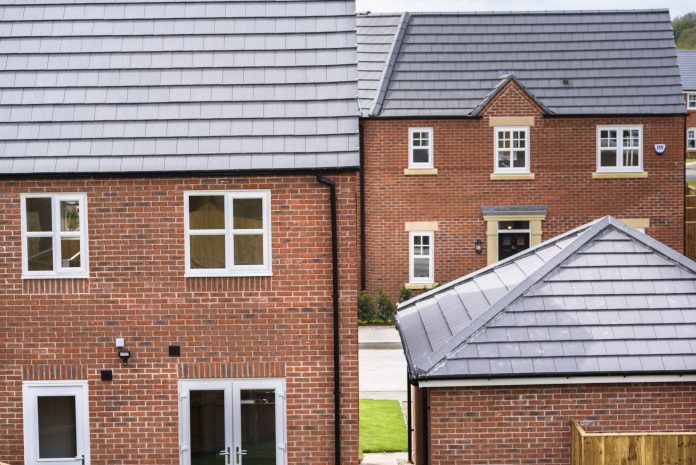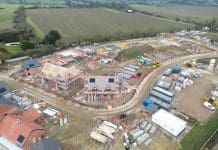Lichfields’ research shows that in seven local councils across the North, planned housebuilding numbers have been reduced by between 3% and 25%, due to the Standard Method
In a bid to achieve its 300,000 homes a year target the government issued refined guidelines on how councils should determine individual housebuilding targets, known as the Standard Method.
The Standard Method is based on anticipated population growth, with a fixed uplift based on the ratio of house prices to earnings.
Prior to its introduction, there had been concerns that it could limit housebuilding and economic growth – and those predictions have come to pass, find Lichfields.
Plans cut
In Warrington, the 2017 draft Local Plan planned to deliver 1,113 homes each year. This figure has been cut to just 945 dwellings each year in the 2019 version of their plan, a decrease of 15%. In Manchester the combined authority had intended to permit 11,360 new homes each year, but this has now been cut to 10,578 – down 7% or 782 homes every year.
Calderdale submitted its Plan with a housing requirement of 840 homes per year, in line with the Standard Method figure but some 25% lower than the requirement of 1,125 homes per year in their initial draft Plan from July 2017.
However, earlier this month (January 2020), the council published a revised housing requirement of 997 homes per annum after the Planning Inspector raised concerns about the misalignment between the housing requirement and the Council’s economic growth aspirations.
2,410 fewer homes every year
Lichfields analysis focused on nine Councils in the North, across which housebuilding requirements have been reduced by 2,410 homes a year since the Standard Method was first proposed. This is despite two of the Councils – Harrogate and Bolsover – actually increasing their requirements.
In the South, almost 20 councils submitted housebuilding proposals lower than the Standard Method required. These were all submitted prior to the cut-off date for implementation, in January this year. Later plans have had to fall into line with Government objectives and will boost housebuilding.
Lichfields analysis suggests some councils could be using the Standard Method to appease residents and councillors concerned about housing growth, rather than supporting their economic growth strategies.
Housing requirements with economic growth aspirations
Hannah Bickerdike, spatial analyst & research consultant at Lichfields, said: “Historically, plans from northern local authorities have based their housing requirement on economic-led future scenarios, reflecting the need to ensure past trends of population decline are not perpetuated into the future and to help attract and retain skilled workers to boost local economies.
“When the Standard Method was originally announced, Lichfields alongside many other planning and housing professionals, raised concerns that the new approach would result in significantly lower housing requirements due to its reliance on affordability as the sole reason to apply an uplift.
“Whilst the option exists to apply an uplift to align with economic aspirations, as this is only an option it means Local Planning Authorities are under no obligation to do so and we are now seeing that many are taking the opportunity to reduce housebuilding or only increase it by a minimal amount.
“This has the effect of constraining economic growth aspirations across the North. Based on our analysis, it is clear that these concerns are being realised and it seems likely that this trend will continue and worsen.”














